
Introduction of Buddhism
Introduction of Buddhism
Introduction of Buddhism
The family being founded upon ancestor worship, the commune being regulated by ancestor worship, the clan being governed by ancestor worship, and the Supreme Ruler being both the high priest and deity of an ancestral cult, which united all the other cults in one common tradition.
It must be evident that the promulgation of any religion essentially opposed to Shinto would have signifying nothing less than an attack upon the whole system of society.
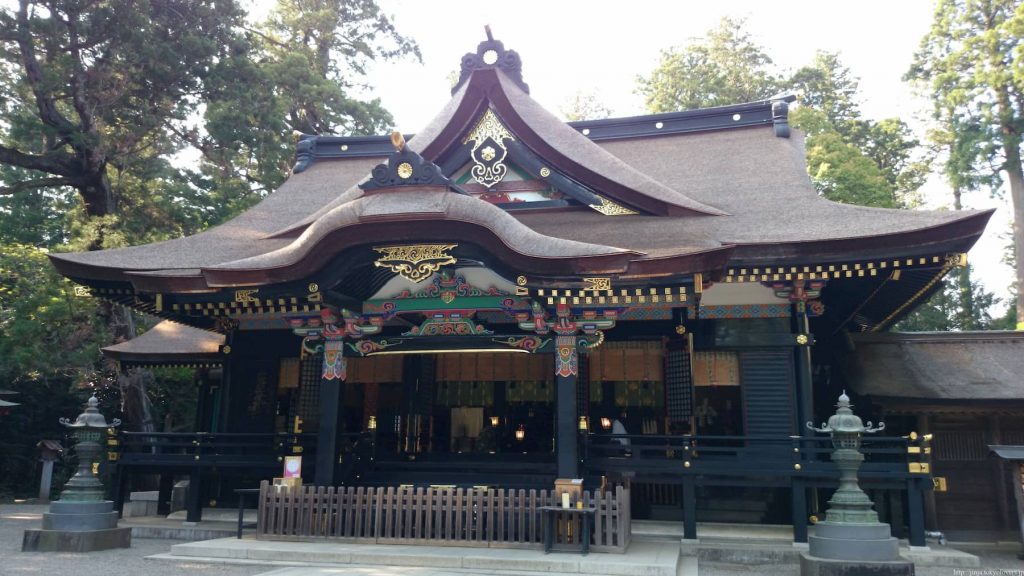
Considering these circumstances, it may well seem strange that Buddhism should have succeeded, after some preliminary struggle in getting itself accepted as a second national faith.
But although the original Buddhist doctrine was essentially in disaccord with Shinto beliefs, Buddhism had learned in India, China, and Korea how to meet the spiritual needs of people which continued to maintaining persistent ancestor worship.
Intolerance of ancestor worship would have long ago resulted in the extinction of Buddhism; for its vast conquest have all been made among ancestor worshipping races.
Everywhere it made itself accepted as an ally, nowhere as an enemy, of social custom.
As the oldest surviving Japanese text date from the eighth century, it is only possible to surmise the social conditions of that earlier epoch in which there was no form of religion but ancestor worship.
Only by imagining the absence of all Chinese and Korean influences, can we form some vague idea of the state of things which existed during the so-called Age of the Gods.
Confucianism appears to have proceeded Buddhism by a considerable interval, and it progress as an organizing power, much more rapid.

Buddhism was first introduced from Korea about 552 CE, but this initial mission accomplished little.
By the end of the eighth century the whole fabric of Japanese administration had been re-organized upon the Chinese plan, under Confusion influences, but it was not until well into the ninth century that Buddhism really began to spread throughout the country.
Unquestionably the influence which Buddhism exerted upon Japanese civilization was immense, profound, multiform, and incalculable; and the only wonder is that it should not have been able to stifle Shinto forever.
As a matter of fact Buddhism became as much an official religion as Shinto itself, and influenced the lives of the highest class as well as the lives of the poor.
By introducing the love of learning, Confucianism has partly prepare the way for Buddhism.

Confucianism, however, did not represent a new religion, it was a system of ethical teachings founded upon an ancestor worship much like that in Japan.
What Confucianism had to offer was a kind of social philosophy, an explanation of the eternal reason of things.
Confucianism reinforced and expanded the doctrine of filial piety and systemized all the ethics of government.
In the education of the ruling class, Confucianism became a great power, and has, so remain down to the present day.
It’s doctrines for humane, in the best meaning of the word, and striking evidence of the humanizing effect on the government policy may be found in the laws and the maximums of the wisest of Japanese rulers: Iyeyasu.
But the religion of the Buddha brought to Japan another and wider humanizing influence, a new gospel of the tenderness, together with a multitude of new beliefs that were able to accommodate themselves to the old, in spite of fundamentals dissimilarities.
In the highest meaning of the term, it was a civilizing power.
 Besides teaching new respect for life, the duty of kindness to animals as well as to all human beings, the consequence of present acts upon the conditions of a future existence, the duty of resignation to pain as the inevitable result of forgot error, it actually gave to Japan the arts and the industries of China.
Besides teaching new respect for life, the duty of kindness to animals as well as to all human beings, the consequence of present acts upon the conditions of a future existence, the duty of resignation to pain as the inevitable result of forgot error, it actually gave to Japan the arts and the industries of China.
Architecture, painting, sculpture, engraving, printing, gardening, in short every art and industry that helped make life beautiful develop first in Japan under Buddhist teachings.

Buddhism, however, did more than tolerated the old rites, it cultivated and elaborated them.
Under its teachings a new and beautiful form of the Domestic came into existence, and all the touching poetry of ancestor worship in modern Japan can be traced to the teaching of Buddhist missionaries.
It would also seem the Buddhist teachings of the duty of kindness to all living creatures, and of pity for all suffering, had a powerful effect on national habit and custom, long before the new religion found general acceptance.
Meanwhile, the people were left free to worship their ancestors according to either creed, and if a majority eventually give preference to the Buddhist rite, this preference was due in large measure to the peculiar emotional charm which Buddhism has infused into the cult.
But perhaps the greatest value Buddhism to the nation was educational.
The Shinto priests were not teachers. In early times they were mostly aristocrats, religious representatives of the clans; and the idea of educating the common people cannot even have occurred to them.
Buddhism, on the other hand, offered the boon of education to all, not merely a religious education, but an education in the arts and the learnings of China.
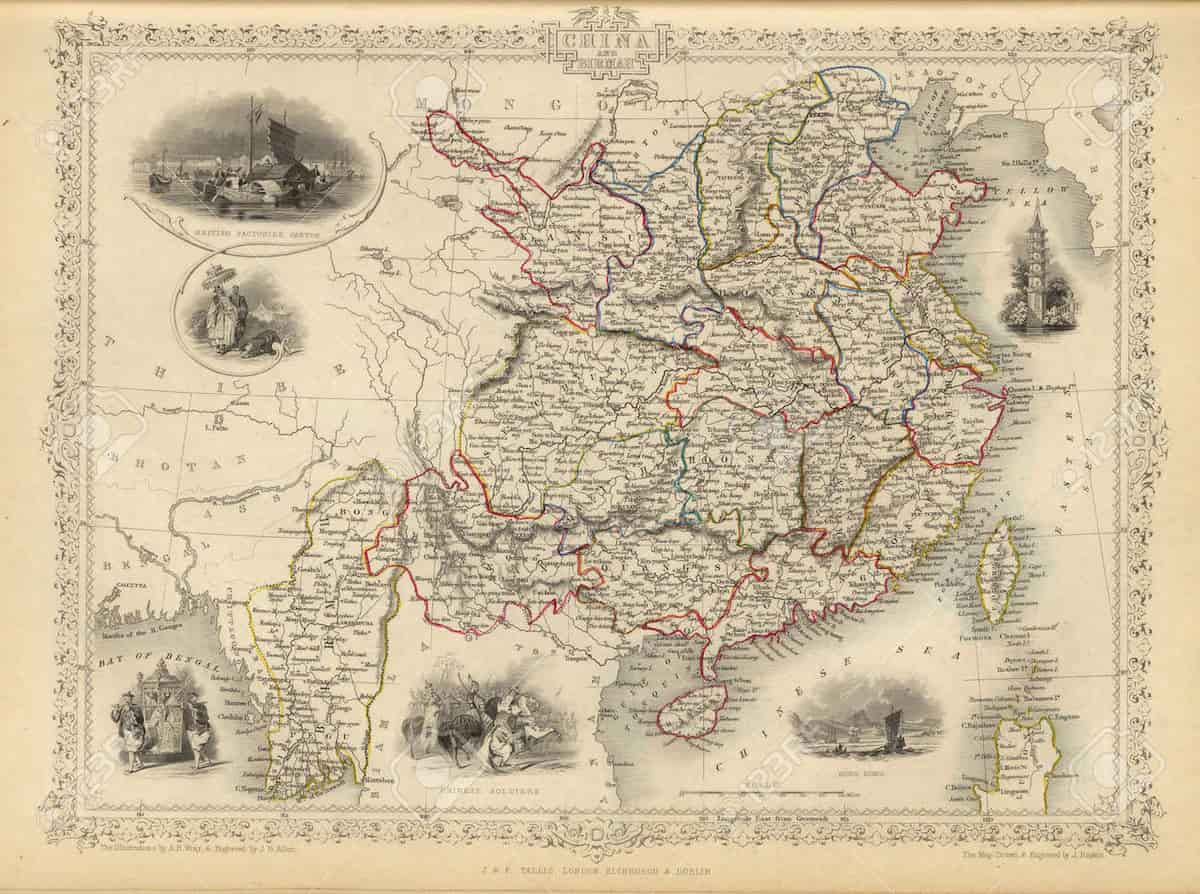
The Buddhist temples eventually became common schools, or had schools attached to them.
Each parish temple of the children were taught, the doctrine of the faith, the wisdom of the Chinese classics, calligraphy, drawing, and much besides.
Indeed, the education of almost the whole nation came under Buddhist control, and the moral effects was of the best.
Much of what remains most attractive in the Japanese character, the winning and graceful aspect of it seems to have developed under Buddhist training.
As teacher, it educated the race, from the highest to the humblest, both in ethics and in aesthetics.
All that can be classed under the name of art in Japan was either introduced or developed by Buddhism; and the same may be said regarding nearly all Japanese literature posing real literary quality.
Buddhism introduced drama, the higher form of poetic composition and fiction, and history and philosophy.
All the refinements of Japanese lives were a Buddhist introduction, and at least a majority of its diversions and pleasures.
There’s even today scarcely one interesting or beautiful thing produced in the country, for which the nation is not in some sort of indebted to Buddhism.
Perhaps the best and briefest way of stating the range of such indebtedness is simply to say that Buddhism brought the whole world of Chinese civilization into Japan, and thereafter patiently modified and reshaped to Japanese requirements.
The elder civilization was not merely superimposed upon the social structure, but fitting carefully into it, combined with it so perfectly that the markings of the welding, the lines of the junction, almost totally disappeared.

Based Upon
Japan, An Attempt At Interpretation
Published 1904
Patrick Lafcadio Hearn
Introduction of Buddhism




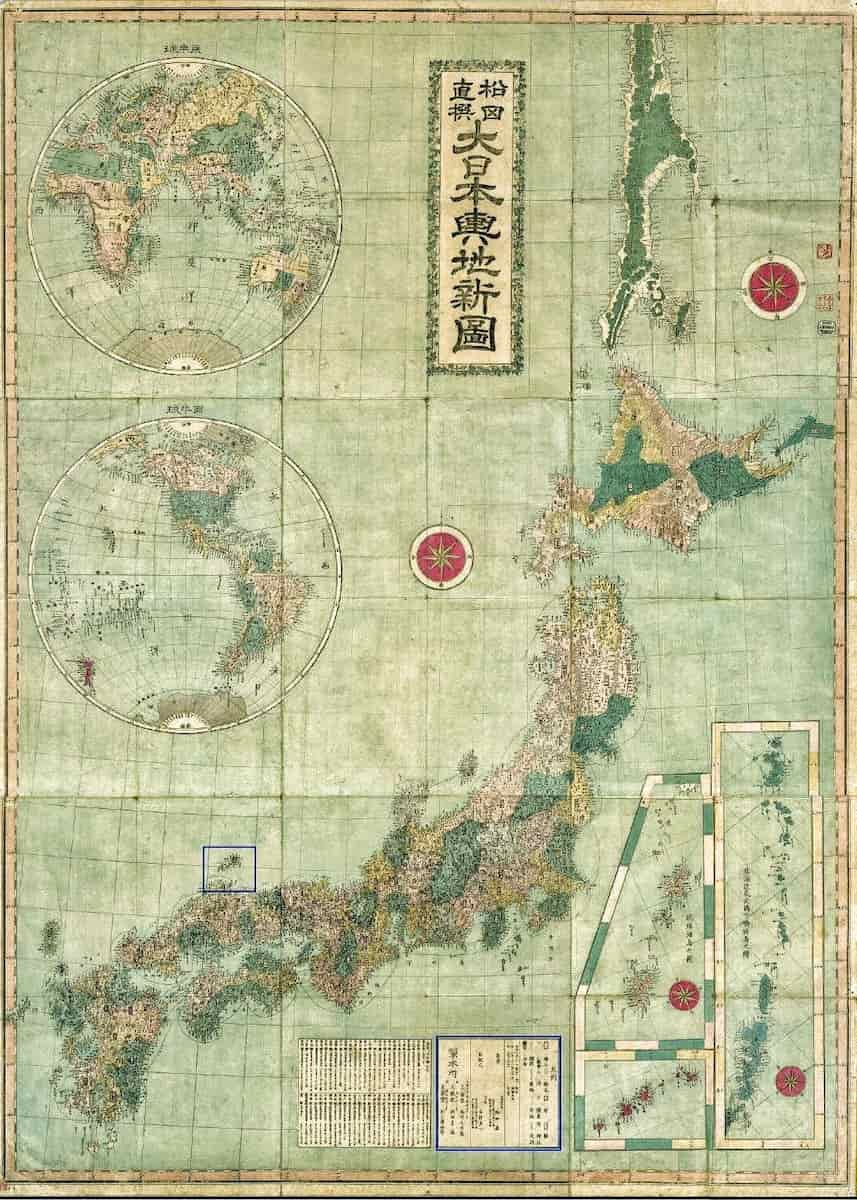


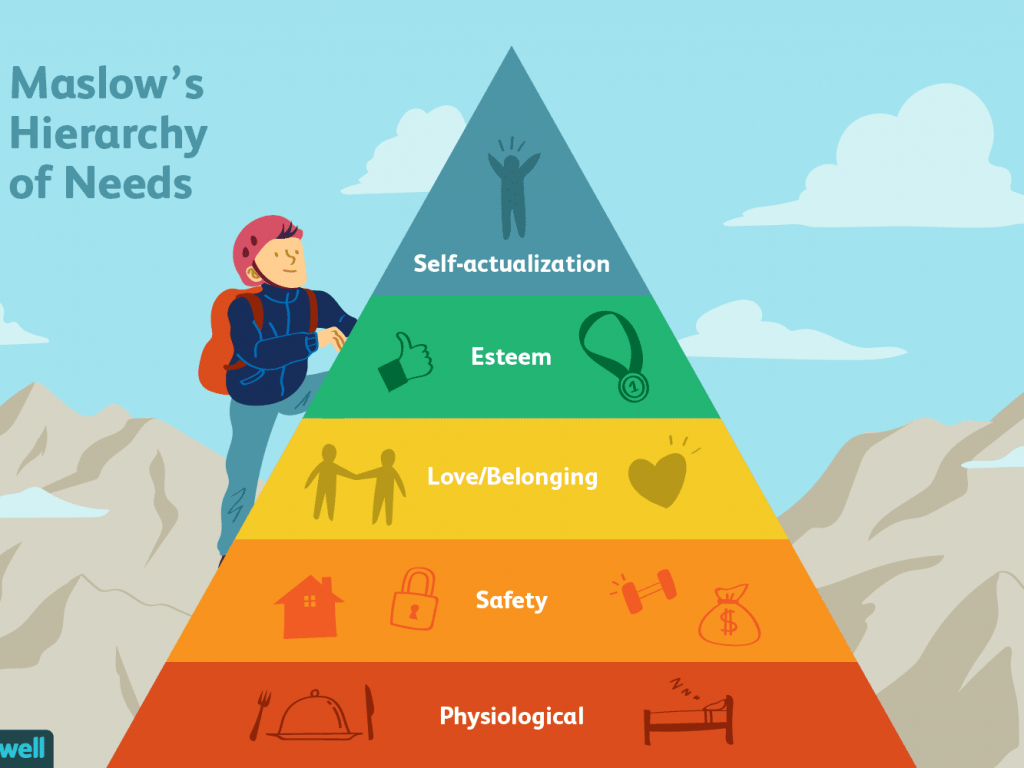








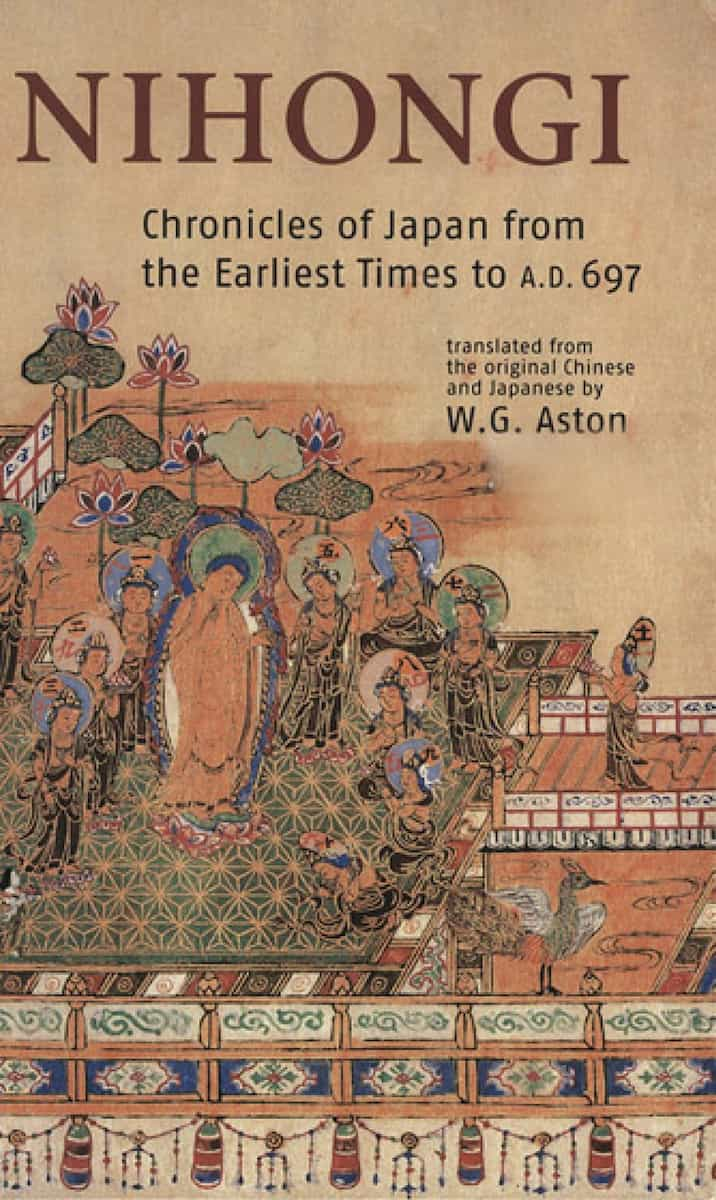

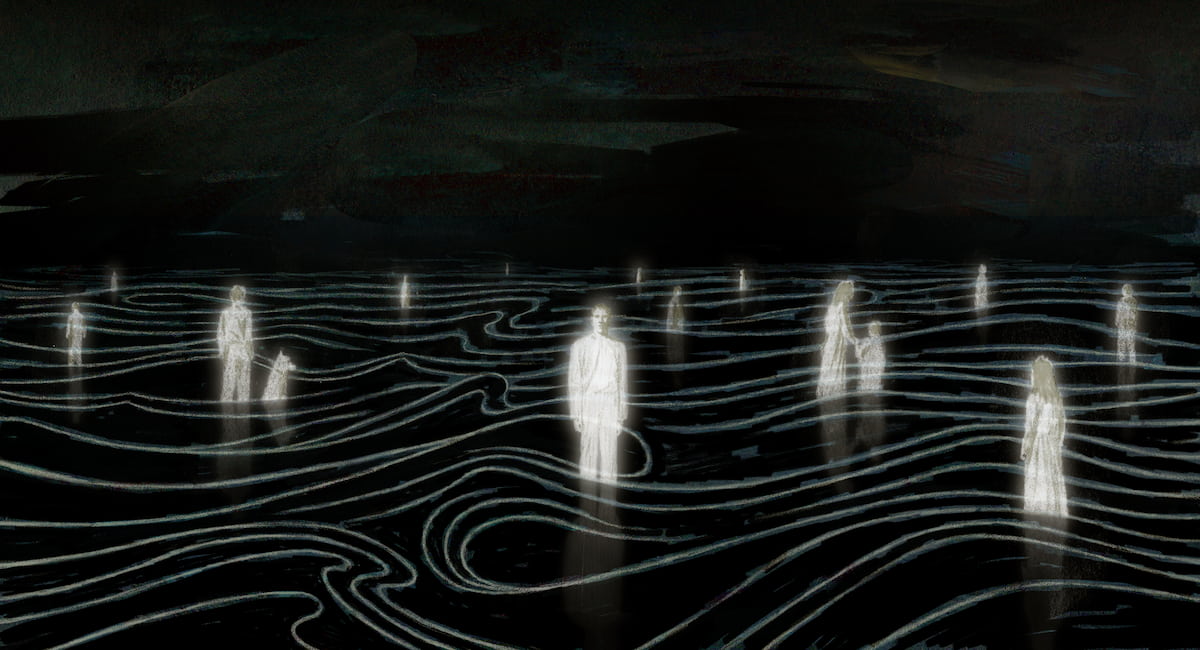



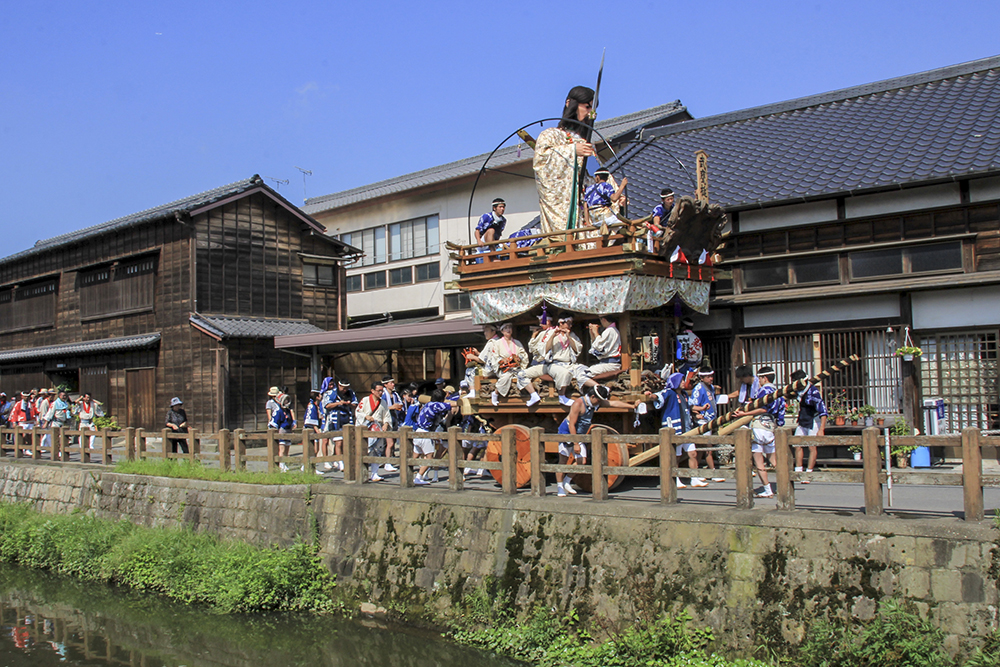

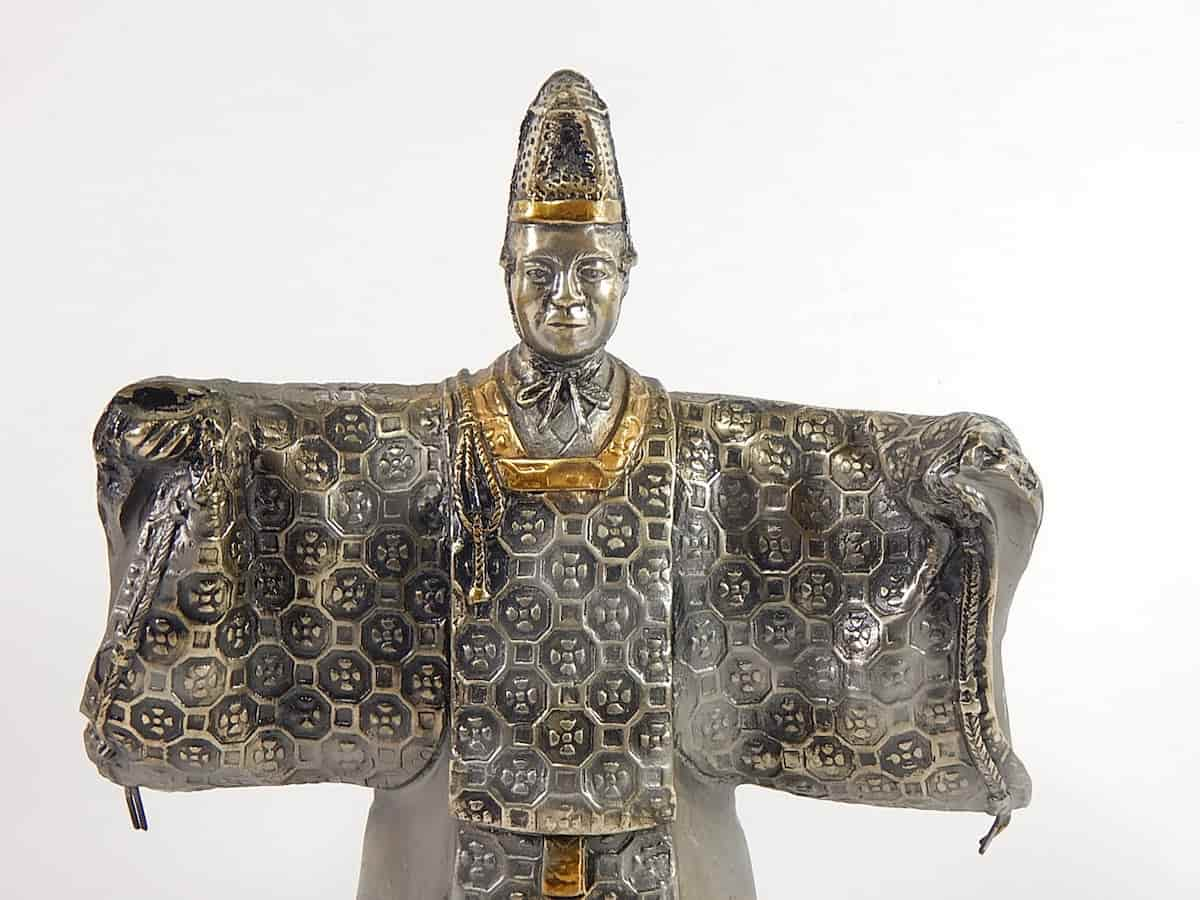
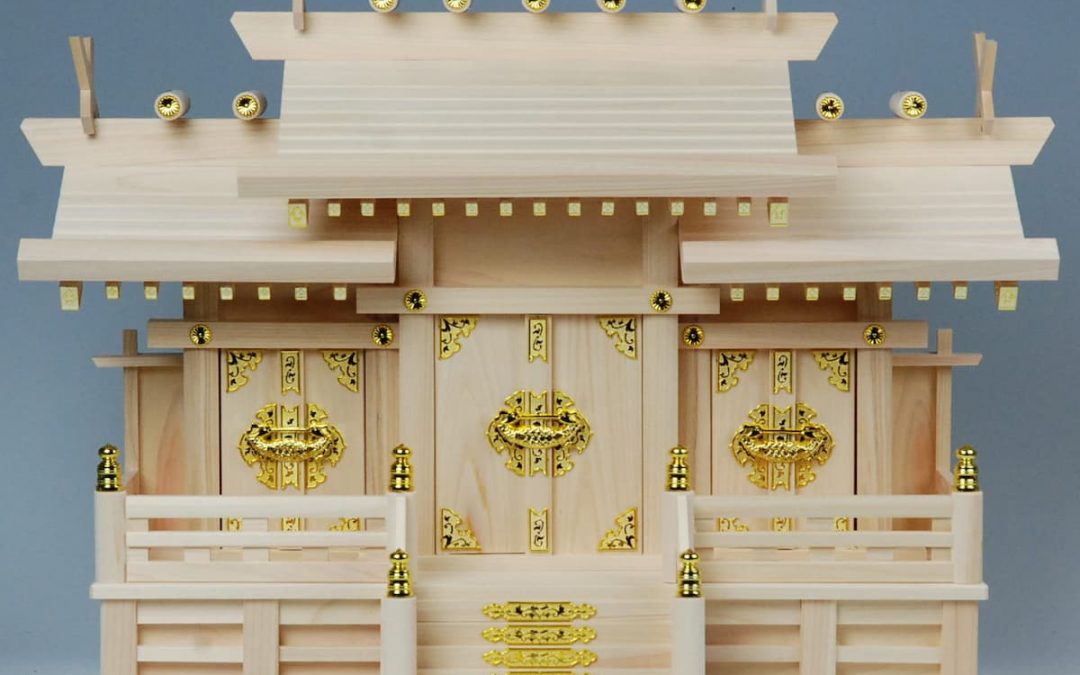
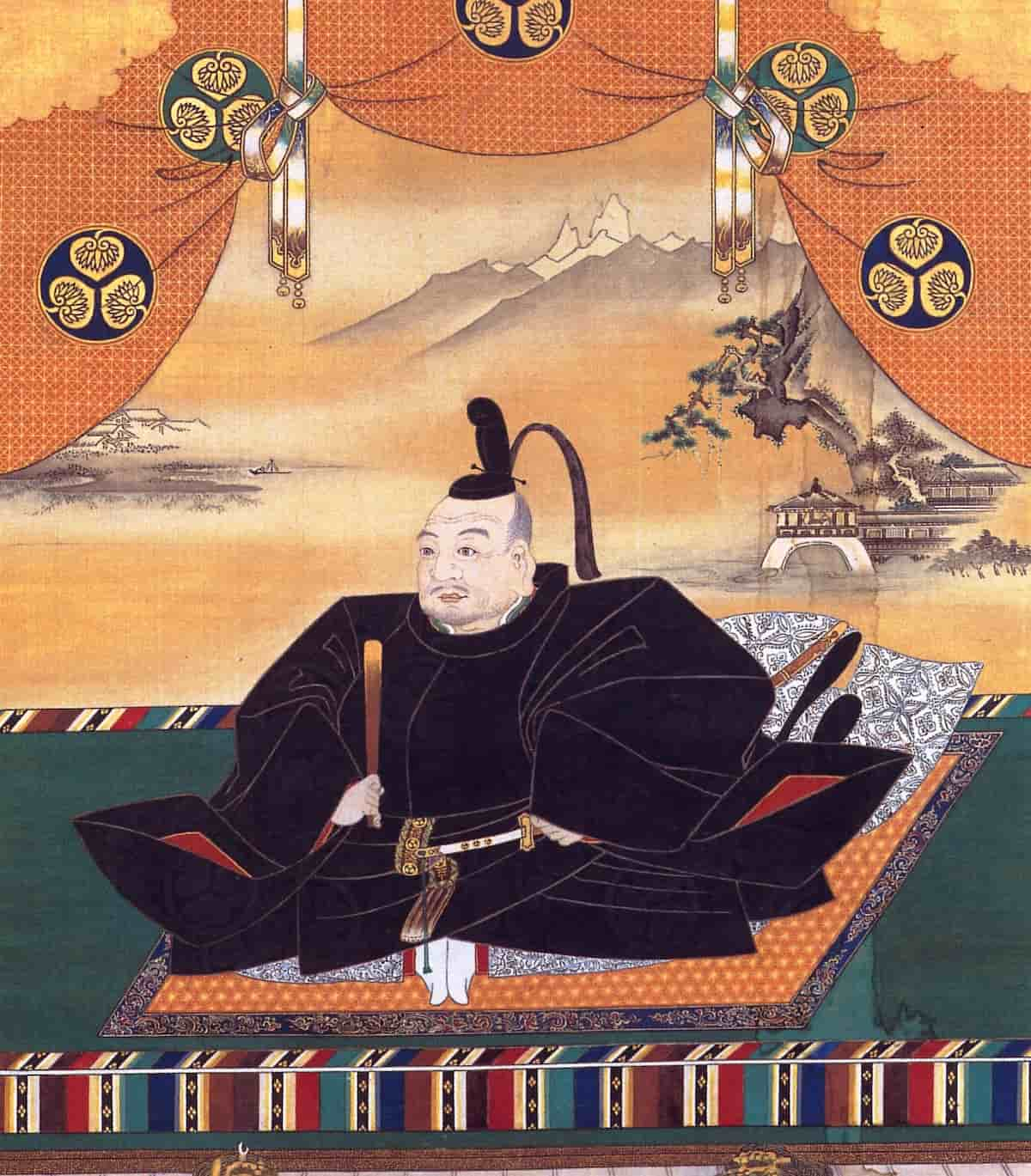



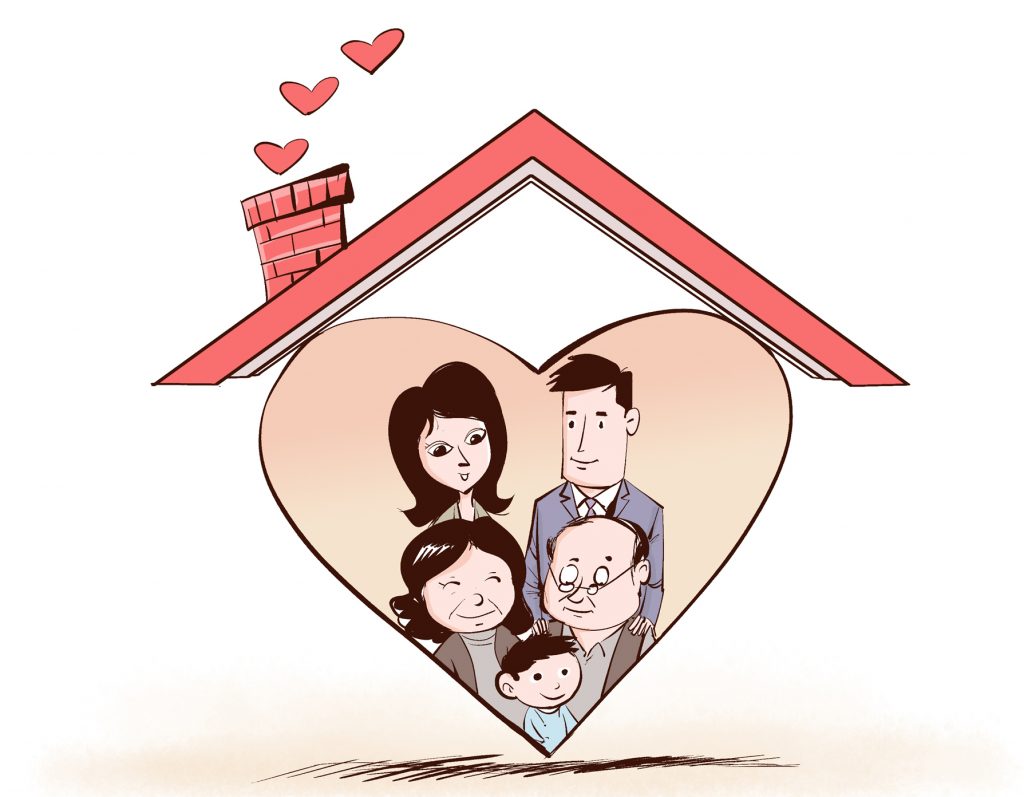
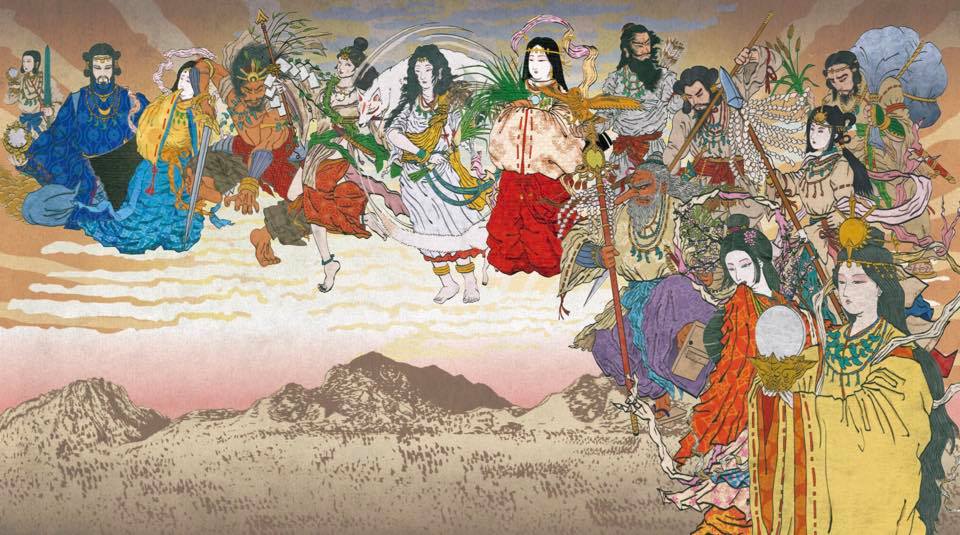
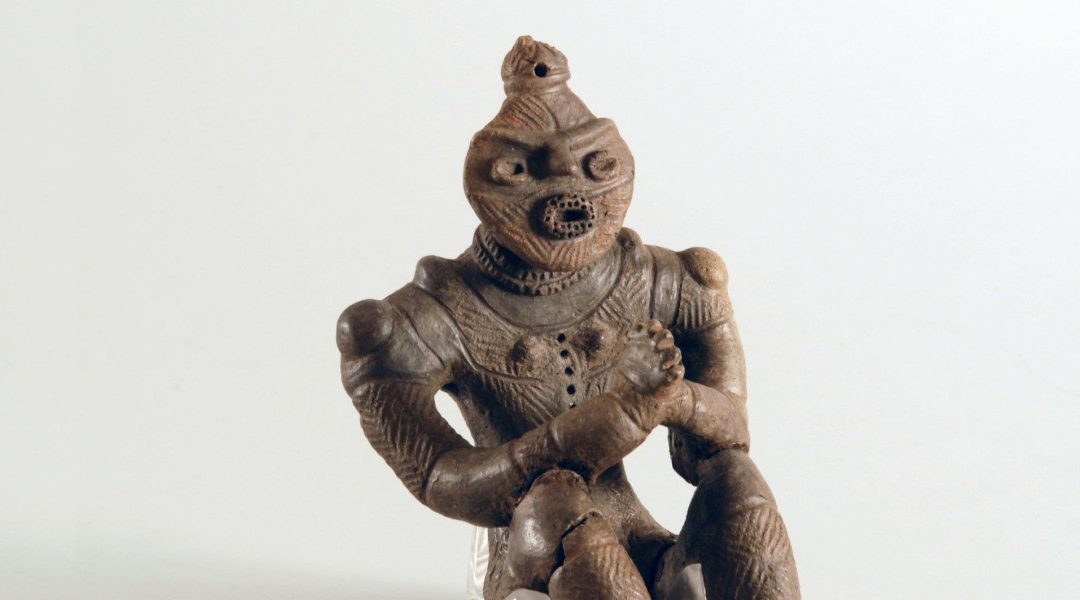
 In fact, Japanese society, just like every other civilized society, is founded upon the common theme of
In fact, Japanese society, just like every other civilized society, is founded upon the common theme of 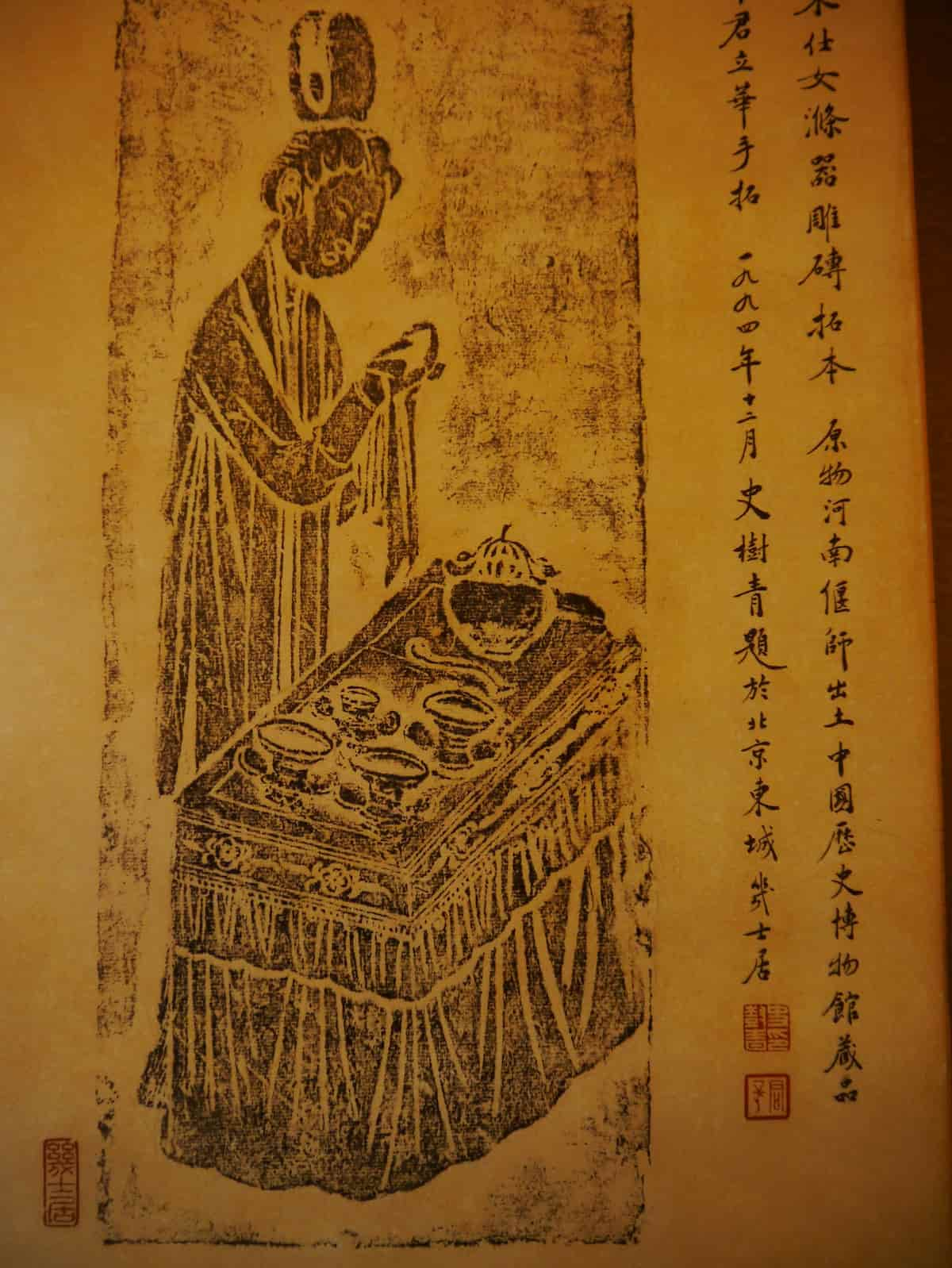
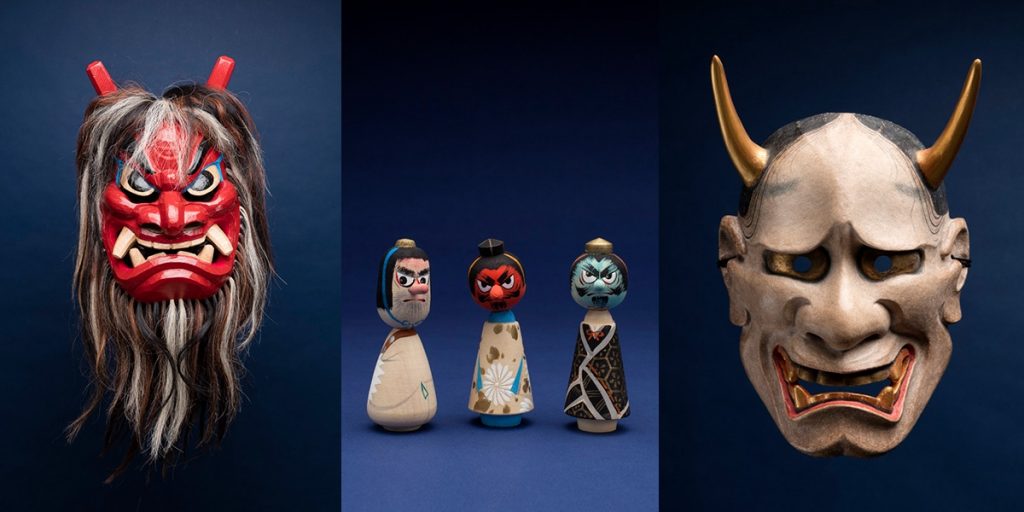




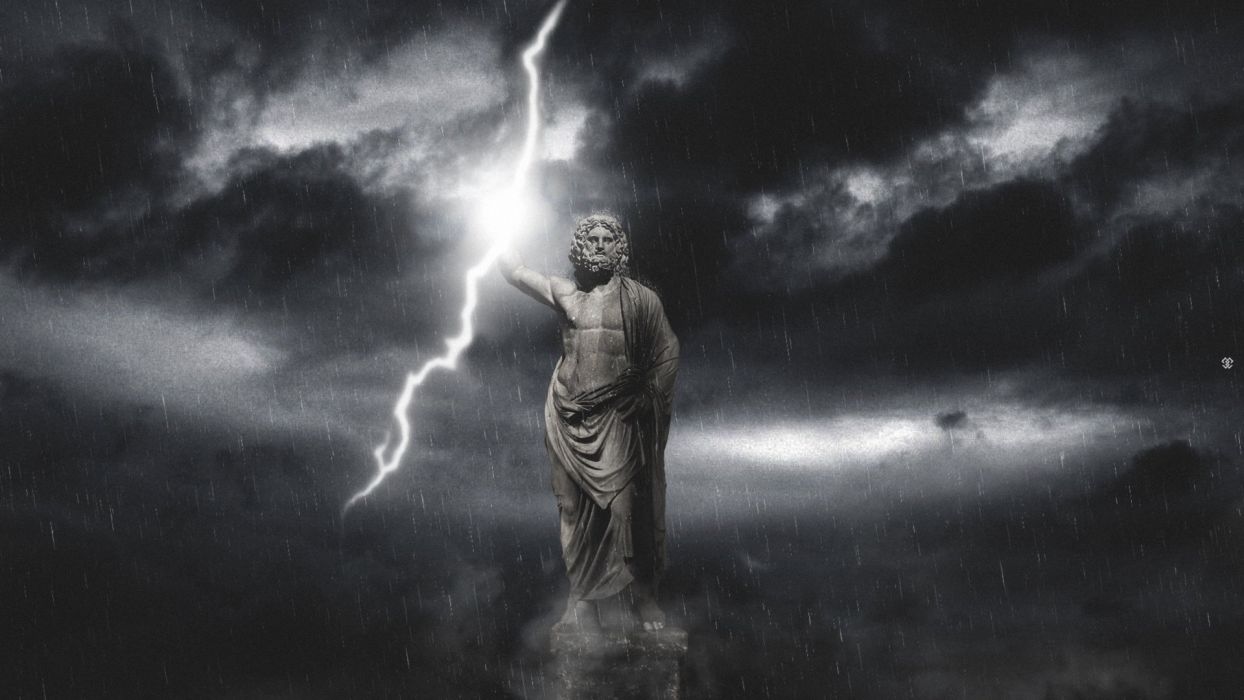


Recent Comments